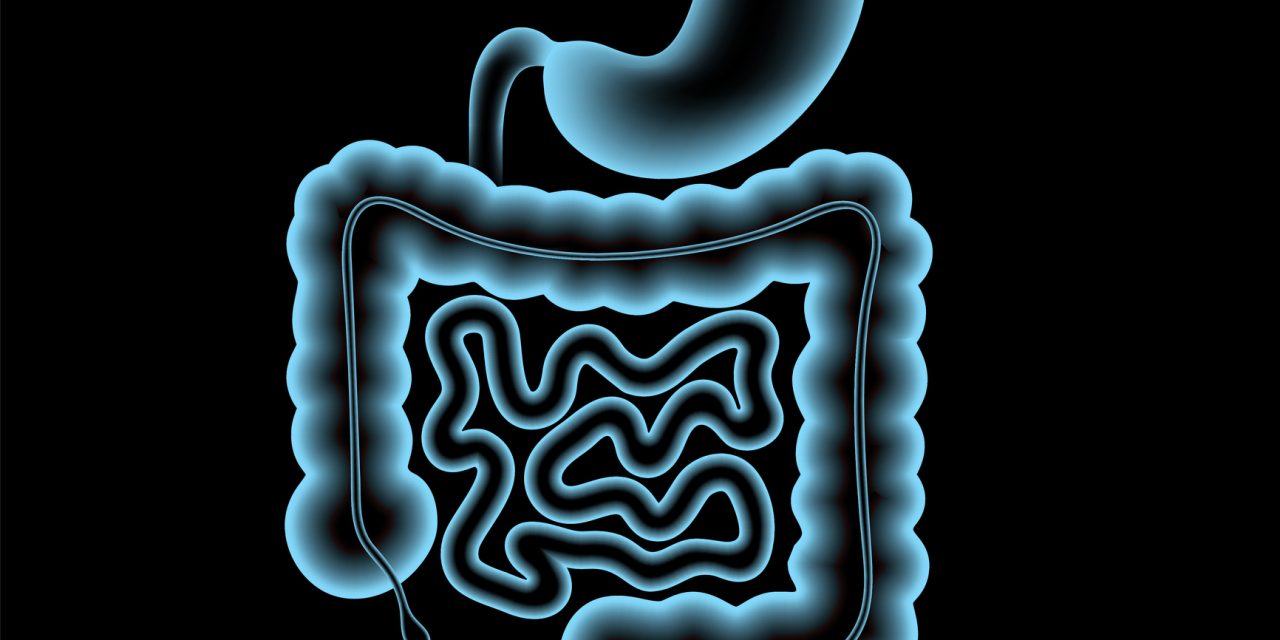The present study investigates the in vivo tissue reaction and the integration behavior of an injectable bone substitute material (IBS) composed of a water-based gel combined with nano hydroxyapatite particles and biphasic calcium phosphate granules. The results of the IBS were compared to biphasic bone substitute granules (BBSM) of the same chemical composition.
The subcutaneous implantation model in 40 female 5-week-old CD-1 mice up to 60 days after implantation was used for conduction of the in vivo experiments. Moreover, established histological, histopathological and histomorphometrical methods were applied.
The results showed that the IBS was gradually invaded by cells and complex tissue elements. Thus, the implant bed could be distinguished in two areas, i.e. an outer and inner region. While the outer region started to interact with the peri-implant tissue by evoking multinucleated giant cells and at earlier time points by undergoing a continuous high vascularization, the inner part was free of peri-implant cells for at least 30 days, starting to undergo a similar tissue reaction at a later time point. The bone substitute granules allowed for a fast tissue influx between the interspaces of the granules starting at day 10. While the vessel density did not differ in both groups up to the end of the study, the amount of vascularization was significantly higher over the entire observation period in the BBSM group. Moreover, the amount of biomaterial-associated multinucleated giant cells (BMGCs) was significantly higher in the IBS group in the period of between 15 to 30 days after implantation, while comparable BMGC numbers were found in both groups towards the end of the study.
IBS can build a barrier-like structure that is able to control the soft tissue influx into the central regions of the implantation bed, which could not be observed in other bone substitute granules of the same chemical composition. This directed integration behavior is assumed to be in accordance with the concept of Guided Bone Regeneration (GBR). Furthermore, BMGCs can significantly influence the process of angiogenesis within an implant bed of a biomaterial but not the maturity of blood vessels.
Copyright© 2020, International Institute of Anticancer Research (Dr. George J. Delinasios), All rights reserved.
Implantation of an Injectable Bone Substitute Material Enables Integration Following the Principles of Guided Bone Regeneration.


